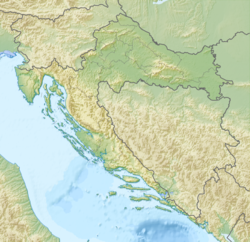
The history of the Jews in Croatia dates back to at least the 3rd century, although little is known of the community until the 10th and 15th centuries. According to the 1931 census, the community numbered 21,505 members, and it is estimated that on the eve of the Second World War the population was around 25,000 people. Most of the population was murdered during the Holocaust that took place on the territory of the Nazi puppet state called the Independent State of Croatia. After the war, half of the survivors chose to settle in Israel, while an estimated 2,500 members continued to live in Croatia. According to the 2011 census, there were 509 Jews living in Croatia, but that number is believed to exclude those born of mixed marriages or those married to non-Jews. More than 80 percent of the Zagreb Jewish Community were thought to fall in those two categories.
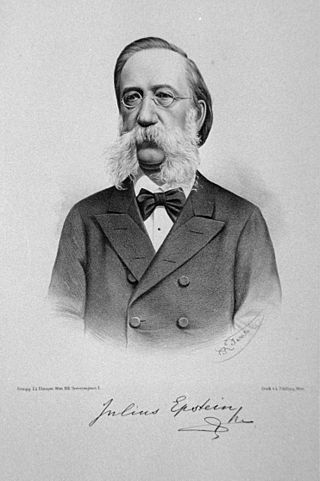
Julius Epstein was a Croatian-Jewish pianist.

Rabbi Dr. Hosea Jacobi was Chief Rabbi of Zagreb, Croatia for 58 years and the spiritual and religious leader of the Jewish community in Croatia.

The Holocaust in the Independent State of Croatia involved the genocide of Jews, Serbs and Romani within the Independent State of Croatia, a fascist puppet state that existed during World War II, led by the Ustaše regime, which ruled an occupied area of Yugoslavia including most of the territory of modern-day Croatia, the whole of modern-day Bosnia and Herzegovina and the eastern part of Syrmia (Serbia). Of the 39,000 Jews who lived in the NDH in 1941, the United States Holocaust Memorial Museum states that more than 30,000 were murdered. Of these, 6,200 were shipped to Nazi Germany and the rest of them were murdered in the NDH, the vast majority in Ustaše-run concentration camps, such as Jasenovac. The Ustaše were the only quisling forces in Yugoslavia who operated their own extermination camps for the purpose of murdering Jews and members of other ethnic groups.

Julio Deutsch was a Croatian architect known for his architectural art nouveau style.
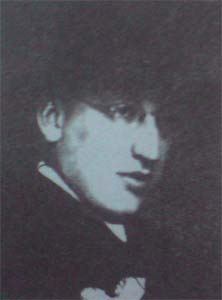
Žiga Hirschler was a Croatian-Jewish composer, music critic and publicist who was killed during the Holocaust.
Melita Švob is a Croatian Jewish biologist, scientist, and historian.
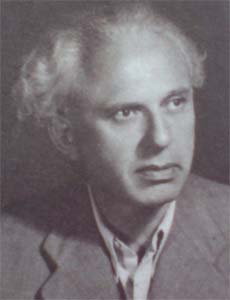
Stjepan Betlheim was a Croatian psychiatrist and psychoanalyst.
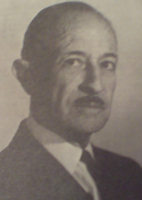
Dragan Plamenac was a Croatian Jewish composer and musicologist.
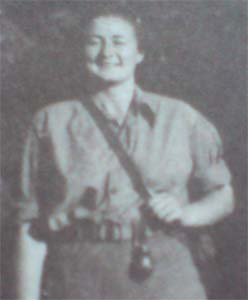
Eva Grlić was Croatian journalist and writer, mother of famous Croatian film director and producer Rajko Grlić.
Alfred Müller was a Croatian entrepreneur and the oldest son of Adolf Müller.

Mavro Sachs was physician from Austria-Hungary, the first lecturer of the University of Zagreb, founder of the forensic medicine in what is now Croatia and the first Jew who officially became citizen of Zagreb.

The Vinkovci Synagogue, also the Second Vinkovci Synagogue, was a Jewish synagogue, located in Vinkovci, Croatia. Completed in 1923 and destroyed by the Nazis in c. 1942, prior to its destruction, the synagogue was among the largest and the most prestigious synagogues in Croatia.
Eugen Miskolczy was a Croatian physician, partisan, and major in the Yugoslav People's Army.
Dr. Karlo Weissmann was a Croatian physician and founder of the first sanatorium in Osijek.

Dr. Aleksandar Licht (1884−1948) was a Croatian Zionist leader and founder of the Zionist movement in Croatia.
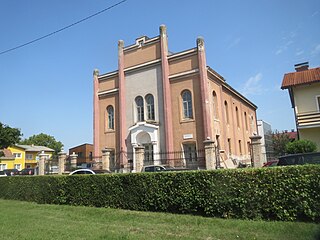
The Koprivnica Synagogue is a former Reform Jewish synagogue, located in Koprivnica, Croatia. The congregation worshiped in the Ashkenazi rite. Completed in 1875 and used as a synagogue until World War II, the building has been used as the Krešimir Švarc Cultural Center, a cultural center, since 2013.

The Bjelovar Synagogue is a former Orthodox Jewish synagogue, located in Bjelovar, Croatia. Built in 1917, partially destroyed during World War II, the building has served as the House of Culture in Bjelovar, a cultural center, since the 1950s.
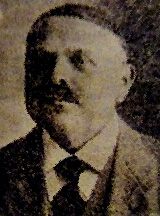
Mirko Breyer was a known Croatian writer, bibliographer and antiquarian.
Izrael Scher also known as Izidor Šer was the rabbi of the Vukovar Synagogue.
